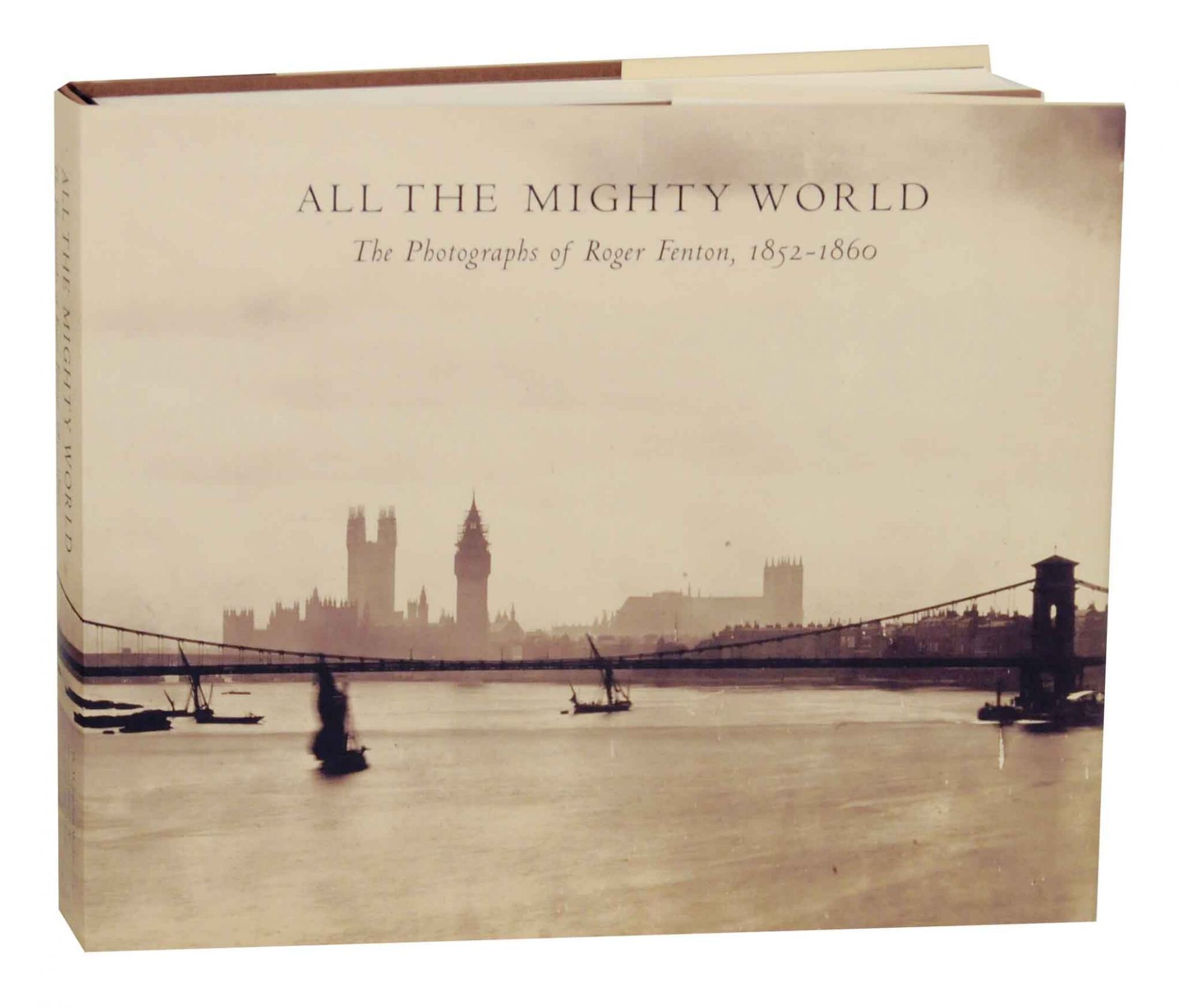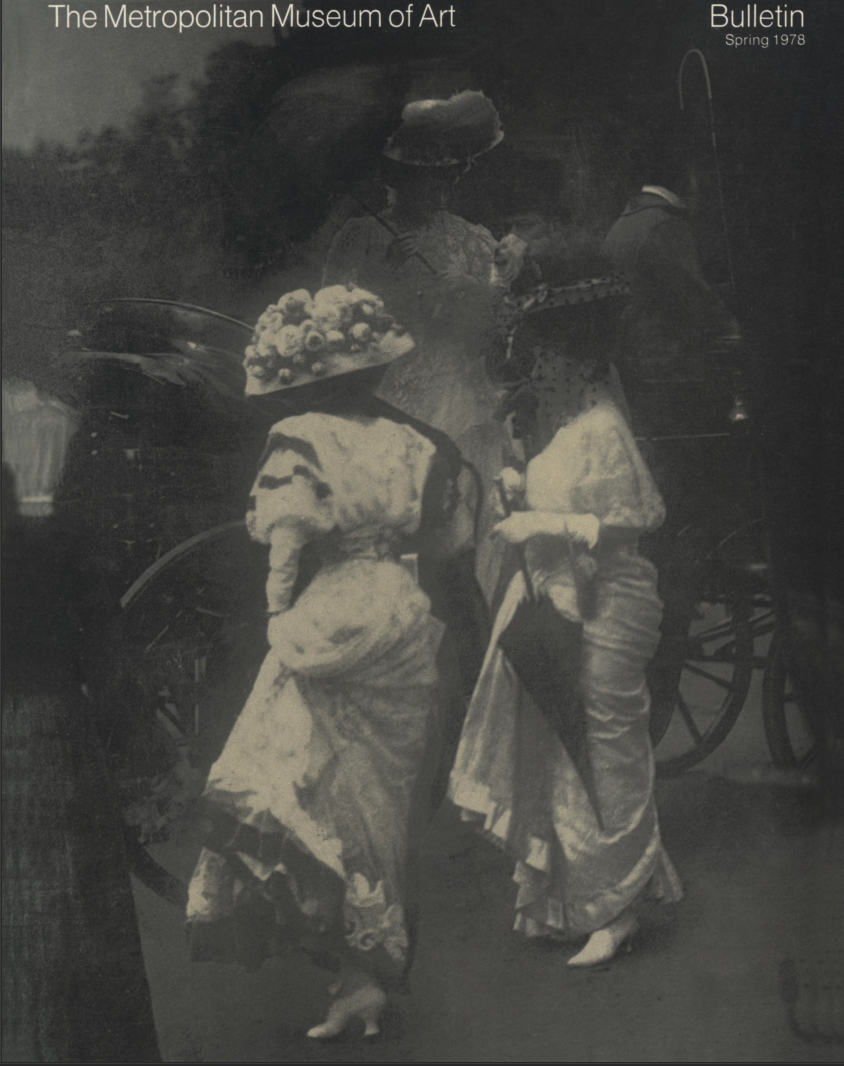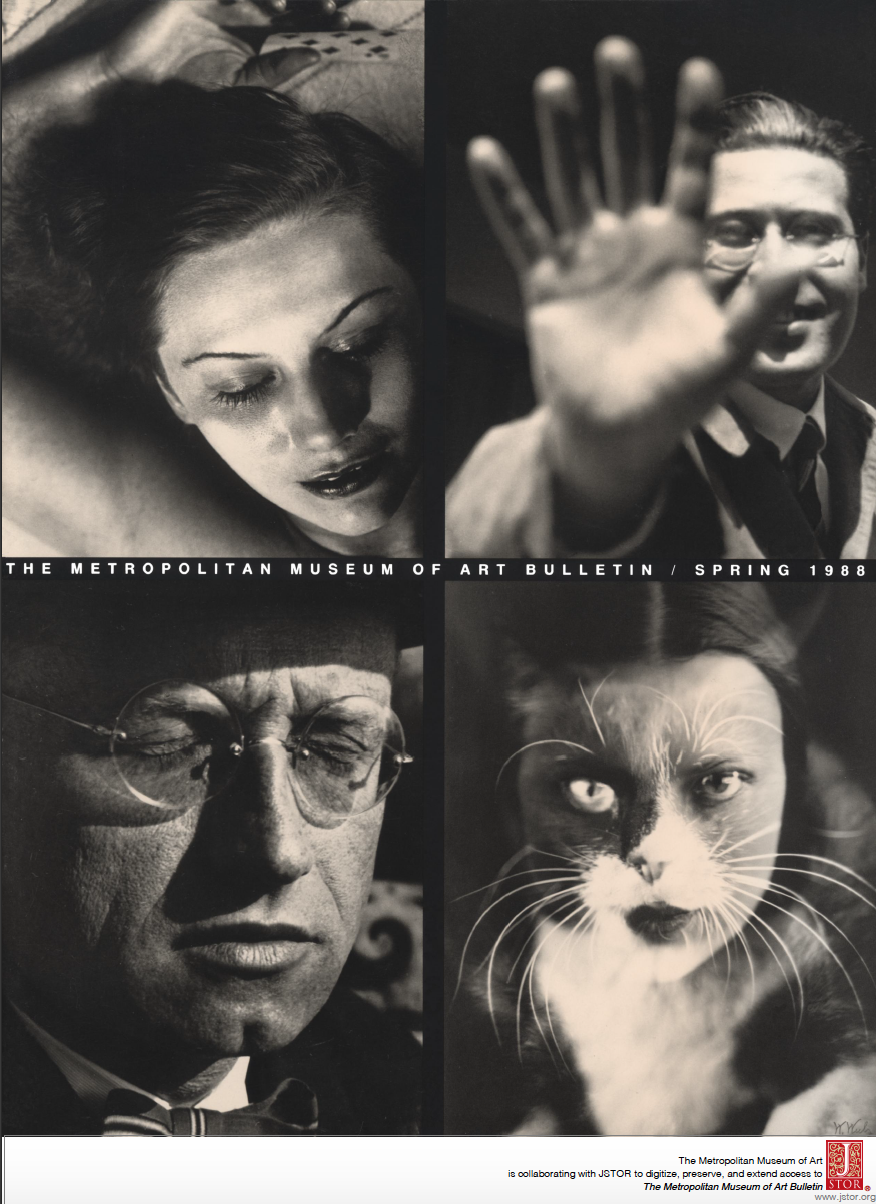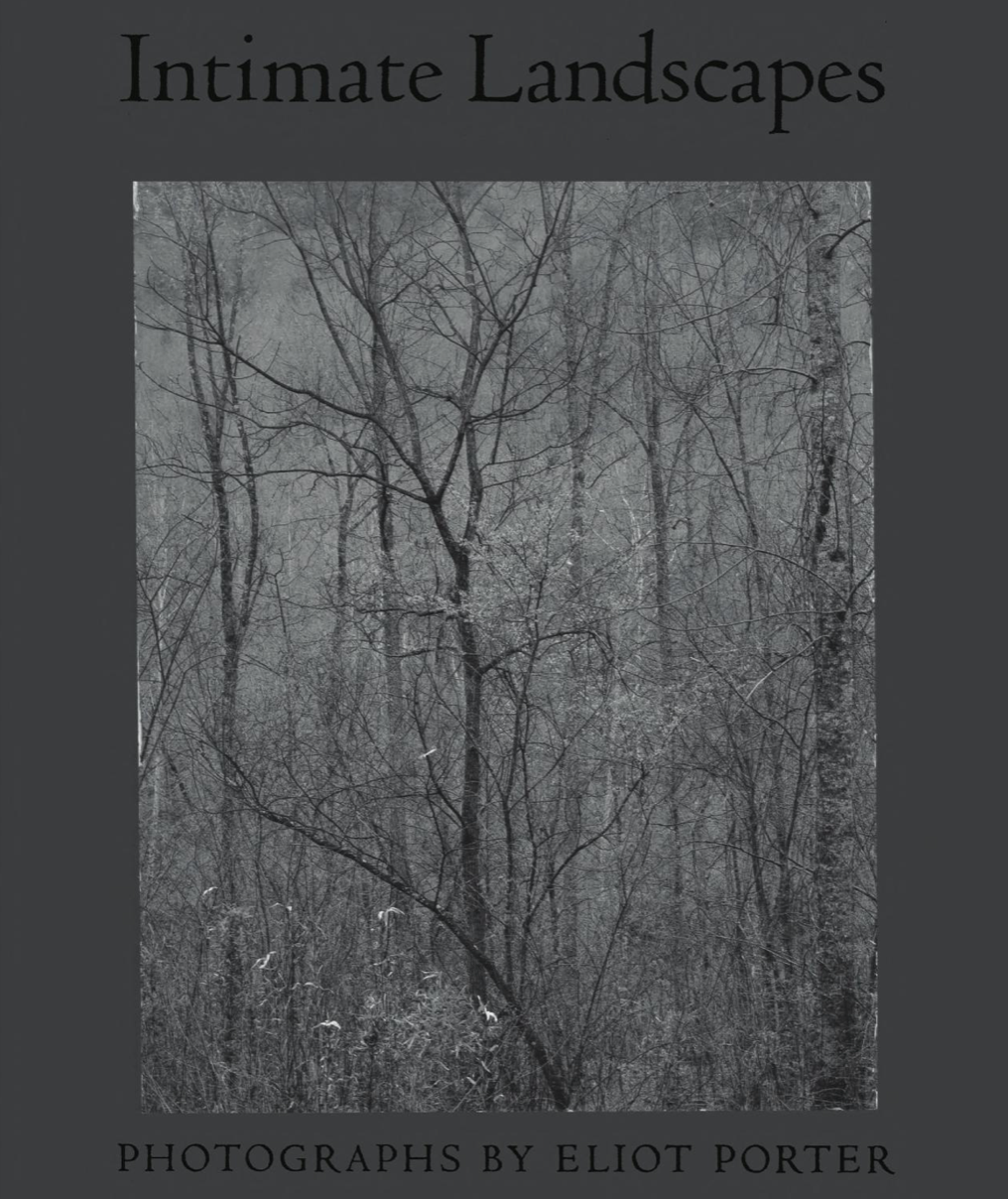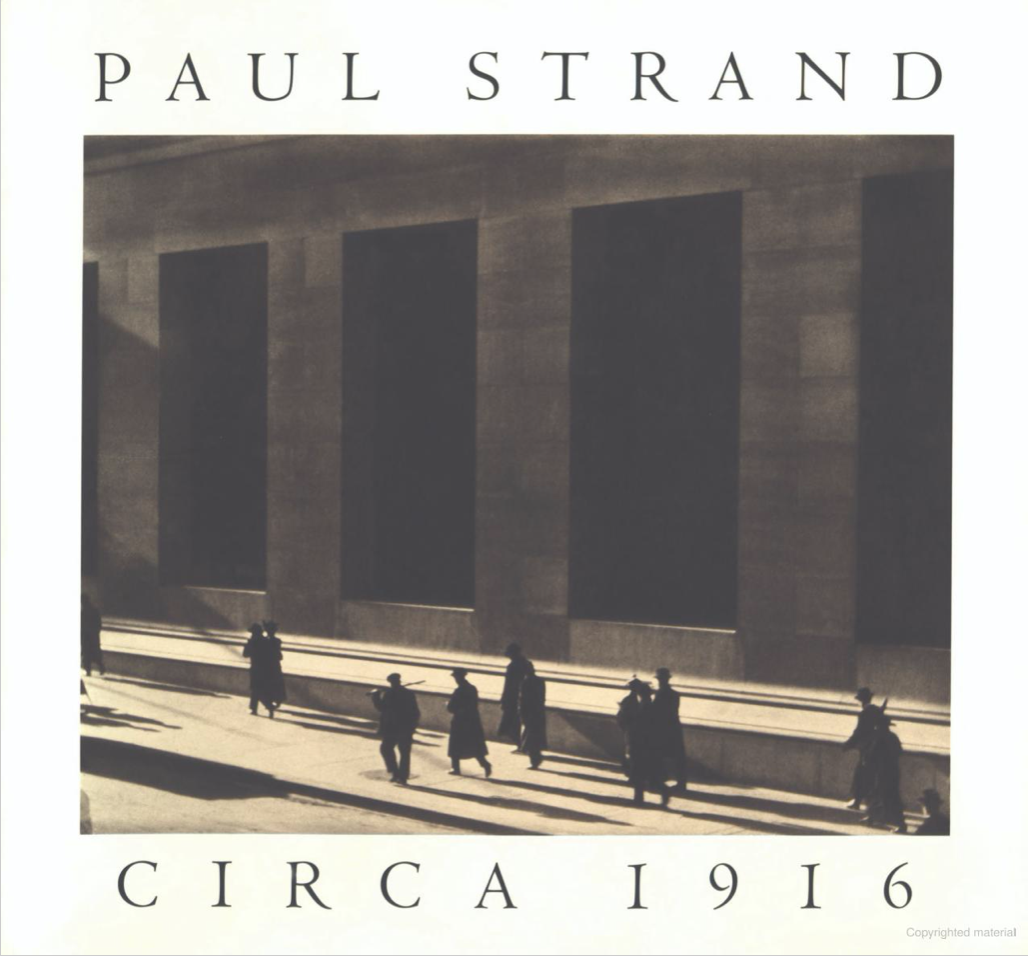6 Free Photography Books to Read while on Lock Down, TheMet
I vividly remember the crisis of 2008. Back then I studied at Art College in London in preparation for the University. I remember our Space Design teacher told us we were lucky to be students at the time of the crisis. He said: “When there are no jobs out there the best thing one can do is to study”. Today, we’re in the health crisis when Covid-19, the new virus spreads out ferociously across the planet and we have to stay in quarantine at home for no specific time. I remembered the words of my teacher and decided to make the most of this uncertain time. I suggest we all take this opportunity to slow down and learn something new or get inspired by the artists who also lived through difficult times in the 20th centuriy yet continued to create art. Published by The Metropolitan Museum of Art, these are not the ‘how-to guides’ but rather an exquisite collection of works created by the masters of the 20th century that influenced and developed the art and the language of photography. You can read some of the books online or download a free pdf copy.
All the Mighty World: The Photographs of Roger Fenton, 1852–1860
Roger Fenton (1819–1869) was England's most celebrated photographer during the 1850s, the young medium's most glorious moment. After studying law and painting, Fenton took up the camera in 1851 and immediately began to produce highly original images. During a decade of work he mastered every photographic genre he attempted: architectural photography, landscape, portraiture, still life, reportage, and tableau vivant.
The Art of Seeing: Photographs from the Alfred Stieglitz Collection
AlfredStieglitz, photographer, curator, author, and publisher. Through his writings, works, photographic journals, lectures, and exhibitions, he fought for photography In 1928 twenty-two of his own pictures, the first TheMet had ever collected, entered the Metropolitan Museum. As part of his tireless efforts on behalf of photography, Stieglitz began, in 1894, to acquire the works of his American and European colleagues, many of his most talented contemporaries - Kasebier, Coburn, Day, Eugene, Steichen, and White - and those of a slightly younger generation - Sheeler, Strand, Adams,and Porter.
"Photography Between the Wars: Selections from the Ford Motor Company Collection":
After the war a new generation of photographers turned away from painterly styles and took radically different directions. Some of these young artists espoused the aesthetic principles of current avant-garde movements - Dadaism, Futurism, Surrealism, Constructivism; others were unaligned. But they all shared the belief that photography provided the appropriate technology and methods to record new forms of modern life. Indeed, much of the most progressive art of the 1920s and 30s owes a great debt to their photographic visions.
Intimate Landscapes: Photographs by Eliot Porter, 1979
Intimate Landscapes, an exhibition of fifty-five colour photographs by Eliot Porter, is the first one-man exhibition of colour photographs ever presented at The Metropolitan Museum of Art. All the photographs in the present exhibition brilliantly reflect the standards of excellence that are Eliot Porter’s greatest contribution to the field of colour photography. Upon seeing these photographs, the viewer is immediately struck by the artist’s distinctly individual and intimate interpretation of the natural world.
Paul Strand Circa 1916
By 1917 Paul Strand (1890-1976) had made photographs more advanced than anything his colleagues with cameras had achieved at that time- they were tough, surprising, and had intrinsic weight. Strand first captured the movement of life in the city, a central interest of contemporary artists. Then he produced a group of nearly abstract still lifes, daring experiments as rigorous and recondite as the problematic paintings of the French Cubists. Finally he made close-up portraits of the poor—frank and poignant psychological studies that seemed without precedent.
The Photographs of Édouard Baldus
Édouard Baldus defined modern landscape and architectural photography in France at a time when the process of photography was itself still evolving. The Metropolitan Museum of Art gives overdue recognition to a visionary pioneer in the medium. The stunning art of Baldus and his dedication to portraying his world for the benefit of future generations as well as his own.

